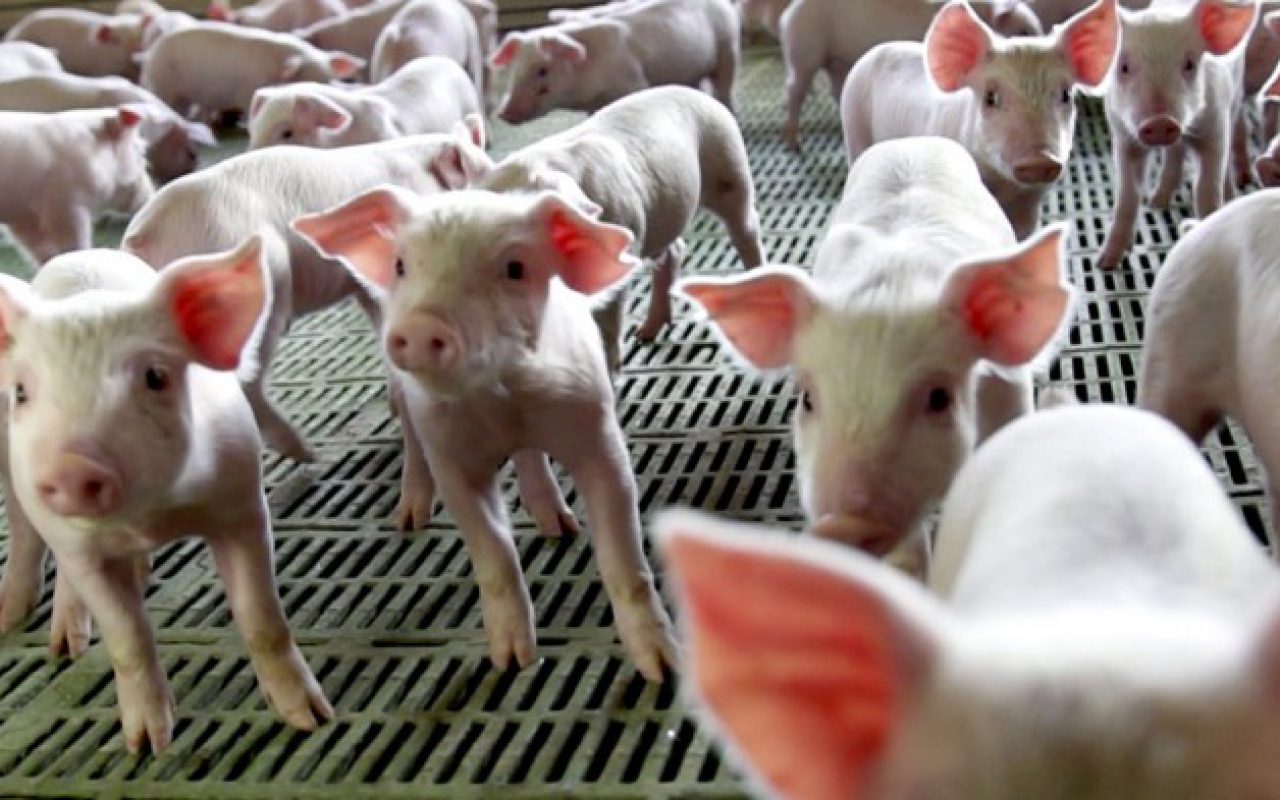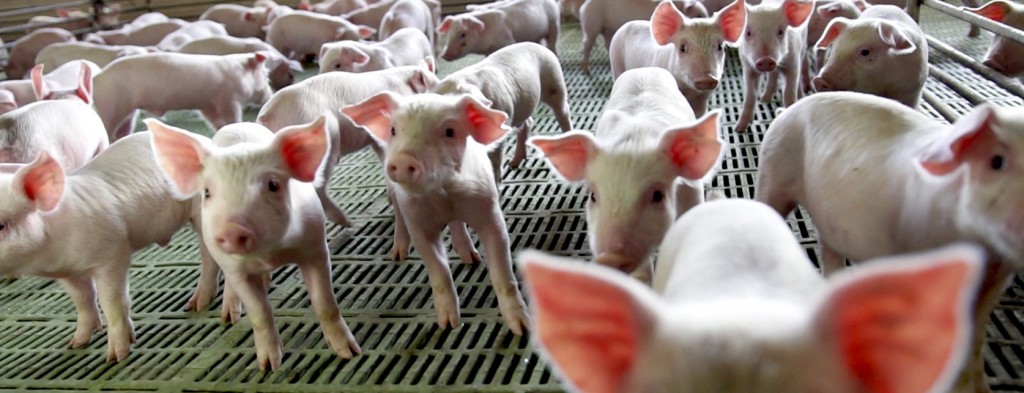
Update on the African swine fever, ASF: Recent changes in spreading
In recent weeks, the world has undoubtedly undergone major changes in every way. ASF has not been exempt from these new scenarios, and it has shown a change in growth when compared to previous months. ASF has entered new countries, and new forms of entry are also being considered for a disease that is worrisome […]

In recent weeks, the world has undoubtedly undergone major changes in every way. ASF has not been exempt from these new scenarios, and it has shown a change in growth when compared to previous months. ASF has entered new countries, and new forms of entry are also being considered for a disease that is worrisome for the meat industry as it affects only swine and wild boar.
The slowdown in travel due to COVID-19 has been a relief, since it has reduced the probability of spreading both this disease -which is undoubtedly the main global concern today-, and ASF. However, the forms of infection of the latter have dispersed. For example, there is concern about the current outbreak in Papua New Guinea (PNG), where it is thought that African swine fever may have entered via canned foods. The issue is still under evaluation, but it could become a major difficulty since the same canned products enter countries on every continent.
PNG is the twelfth nation in Asia where the disease has entered, and it is the first known case where this possibility is being evaluated. 336 pigs died suspiciously last February, and samples were sent to Australia, where the positive results were obtained.
Another link with the COVID-19 pandemic has to do with the concern that some countries may lower their guard in their prevention procedures against ASF, not because of a lack of concern, but due to limited resources of all types, which make markets more vulnerable.
Between March 13 and 26, 368 new outbreaks were notified. The total of ongoing ASF outbreaks worldwide is now 7,463 (including 3,380 outbreaks in Romania and 2,383 in Vietnam).
Impact of the disease as of March 2020
A total of 42,709 animals were notified as losses (1,038 losses notified in the last report). In Asia, the Philippines reported 42,029 domestic pigs lost to the disease, while Europe notified 85. No new losses were reported in Africa.
Changes in the epidemiological situation
Countries/territories with new or ongoing outbreaks during the current period: 23 countries/territories notified new or ongoing outbreaks through immediate notifications and follow-up reports: 12 in Europe (Belgium, Bulgaria, Greece, Hungary, Latvia, Moldova, Poland, Romania, Russia, Serbia, Slovakia, and Ukraine); 9 in Asia (People’s Republic of China, Indonesia, Democratic People’s Republic of Korea, Republic of Korea, Laos, Myanmar, Philippines, Timor-Leste, and Vietnam), and 2 in Africa (Côte d’Ivoire and South Africa).
Asia
PNG is the twelfth nation in Asia to get the disease. The other countries include China, Vietnam, Laos, Myanmar, North Korea, Mongolia, the Philippines, Cambodia, Timor-Leste, and now Papua New Guinea, with a combined total of 523 million pigs out of an estimated global population of 770 million.
China notified two outbreaks affecting backyard swine in Sichuan, and one outbreak affecting farmed swine in Henan. Timor-Leste reported 26 outbreaks affecting backyard swine. The Philippines updated the situation in the country through 69 new outbreaks affecting backyard swine in 15 different administrative divisions.
Currently, the estimated losses in China are 60% of all pigs. If we applied the same infection rate across Asia over a similar 18-month period, it would represent 315 million heads, or 42% of the world’s pigs that would disappear by the end of 2020.
Europe
In Europe, 449 outbreaks were notified six in backyard swine and 443 in wild boar. In this region, a targeted surveillance program is ongoing. Often, a single case in a wild boar is notified as a single outbreak and is usually notified as resolved immediately. From the outbreaks reported within this period, 14 remain ongoing in wild boars, and six in backyard swine.
Africa
In this period, no new outbreaks have been reported in this region.
Source: AgriTrends and OIE
